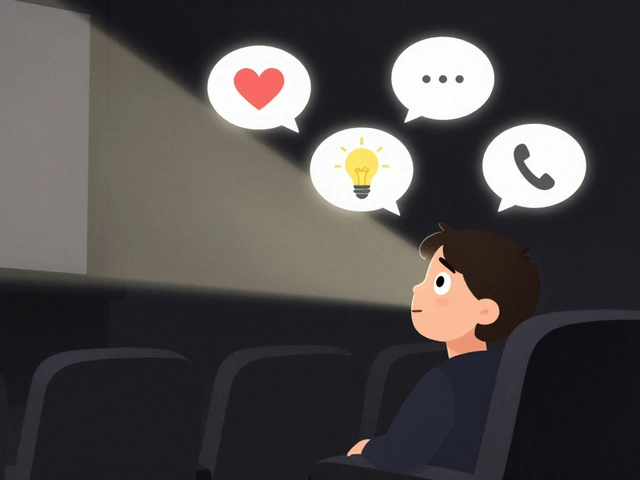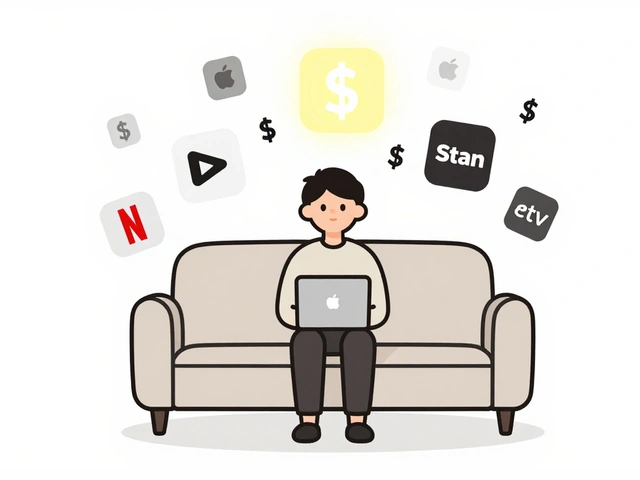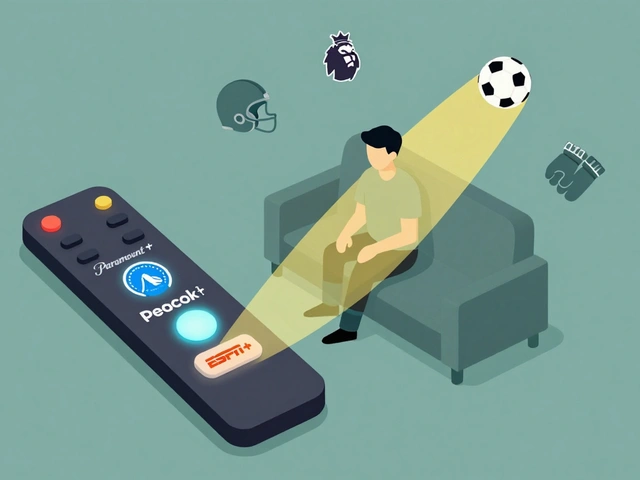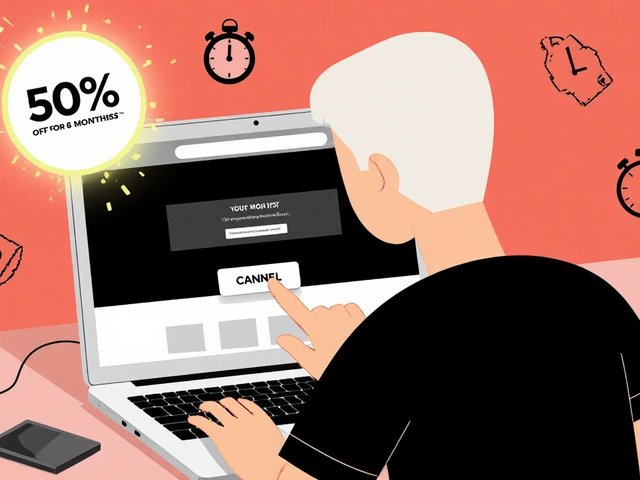Teen Streaming Shows: What’s Really Popular and Why It Matters
When we talk about teen streaming shows, TV series designed for adolescents that air primarily on digital platforms like Netflix, Hulu, and Disney+. Also known as youth-oriented series, these shows blend drama, comedy, and coming-of-age stories to speak directly to teens’ real experiences—not adult fantasies. They’re not just entertainment. They’re cultural mirrors. Platforms now design entire content strategies around what teens actually watch, how long they stick with it, and what makes them share it with friends.
Streaming platforms, digital services like Netflix, Hulu, and Disney+ that deliver video content on-demand. Also known as SVOD services, it compete fiercely for teen attention because this group watches more hours per week than any other demographic. And they don’t just binge—they build communities around them. Shows like Stranger Things, Sex Education, and Outer Range aren’t just popular because they’re well-made. They’re popular because they tackle real issues: identity, mental health, friendships, and family tension—without talking down to viewers.
Youth content, media created specifically for adolescents that reflects their emotional and social world. Also known as teen drama, it has evolved beyond high school cliques and prom nights. Today’s best shows mix genres: sci-fi with anxiety, horror with self-discovery, comedy with grief. They use pacing, visuals, and dialogue that feel native to TikTok and Instagram culture. That’s why a 15-minute episode can feel more immersive than a two-hour movie from a decade ago.
What’s surprising? It’s not the big names that always win. Often, it’s the quiet, low-budget series with authentic casting and unfiltered storytelling that go viral. Teens can spot fakeness instantly. They care about representation, diversity, and honesty—not polish. And they’ll drop a show in one episode if it feels scripted or condescending.
Behind every hit teen streaming show is a strategy: how it’s marketed, when it drops episodes, how it uses social media to build hype. These aren’t accidents. They’re engineered for retention. And that’s why understanding what works—and what doesn’t—isn’t just for parents or educators. It matters for anyone creating content, running ads, or even just trying to figure out why their kid won’t stop talking about a show no one over 25 has heard of.
In this collection, you’ll find real breakdowns of what’s trending, why certain shows stick, and how streaming services keep teens hooked. No fluff. No guesses. Just what’s working right now—and what’s fading fast.
18
Age-Appropriate Content: Finding Shows for Different Ages
Learn how to choose age-appropriate TV shows for toddlers, tweens, and teens. Understand developmental needs, spot harmful content, and use parental controls wisely to foster healthy viewing habits.
Latest Posts
Popular Posts
-
 Best Educational TV Shows for Preschoolers, Elementary Kids, and Tweens
Best Educational TV Shows for Preschoolers, Elementary Kids, and Tweens
-
 App Layout Strategies: Organize Streaming Services by Genre and Use
App Layout Strategies: Organize Streaming Services by Genre and Use
-
 Breakout Indies at the Box Office: How Word-of-Mouth Made These Films Blockbusters
Breakout Indies at the Box Office: How Word-of-Mouth Made These Films Blockbusters
-
 How to Find All Your Streaming Subscriptions and Stop Overpaying
How to Find All Your Streaming Subscriptions and Stop Overpaying
-
 Paramount+ with Showtime vs. Peacock Premium vs. ESPN+: Which Sports Add-On Fits Your Viewing Habits?
Paramount+ with Showtime vs. Peacock Premium vs. ESPN+: Which Sports Add-On Fits Your Viewing Habits?



